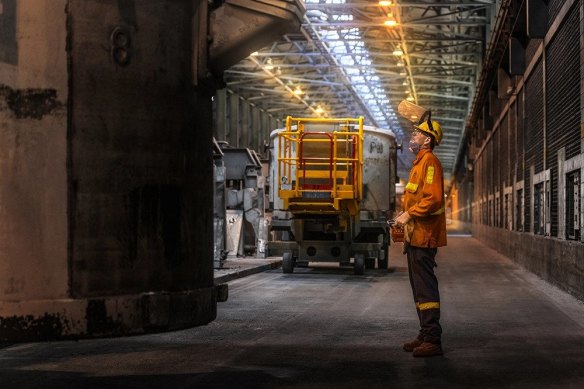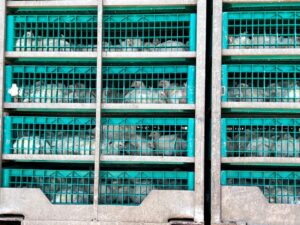
URGENT UPDATE: Rio Tinto is in critical negotiations with federal and New South Wales (NSW) governments to prevent the closure of Australia’s largest aluminium smelter, Tomago Aluminium. The talks come as escalating electricity costs put the plant’s survival at risk, threatening over 1,500 jobs in the Hunter region.
As of Friday, Tomago Aluminium, primarily owned by Rio Tinto, announced that it is actively working with government officials to establish “viable pathways” to ensure the smelter remains operational beyond 2028. The outcome of these negotiations is deemed crucial, as the smelter faces a potential doubling of energy costs when its current contract with AGL expires.
The energy-intensive facility is the single largest electricity consumer in NSW, accounting for over 10 percent of the state’s power supply. Tomago’s chief executive, Jerome Dozol, highlighted the dire situation, stating, “The greatest challenge for our business is energy, with reliable and affordable power essential for aluminium smelting on a sustainable basis.”
Without a deal, Tomago could see its operational viability severely compromised. Dozol noted that under market proposals for energy supply starting in January 2029, costs could increase more than 100 percent, fundamentally altering the economics of operation.
Tomago Aluminium produces up to 590,000 tonnes of aluminium annually, a metal critical for various industries, including construction, automotive, and renewable energy sectors. The urgency of these talks is further underscored by the fact that this is the fourth intervention by the Albanese government this year to assist struggling metals processors, following recent bailouts of other facilities.
As negotiations unfold, stakeholders are keenly watching to see if a taxpayer-funded support deal can be reached, which would prevent the loss of thousands of jobs and protect a key player in Australia’s manufacturing landscape. The implications of this situation extend beyond local job security, impacting supply chains and industries that rely heavily on aluminium.
The community and industry leaders are rallying for swift action, recognizing that the fate of Tomago Aluminium hangs in the balance. As the talks progress, updates will be critical for those invested in the future of aluminium production in Australia.
Stay tuned as this developing story unfolds, revealing the essential decisions that could shape the future of manufacturing in the region.






